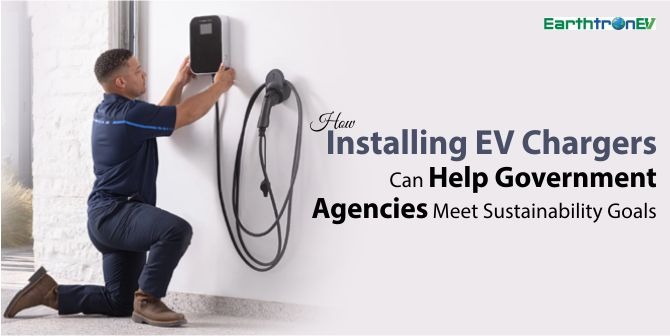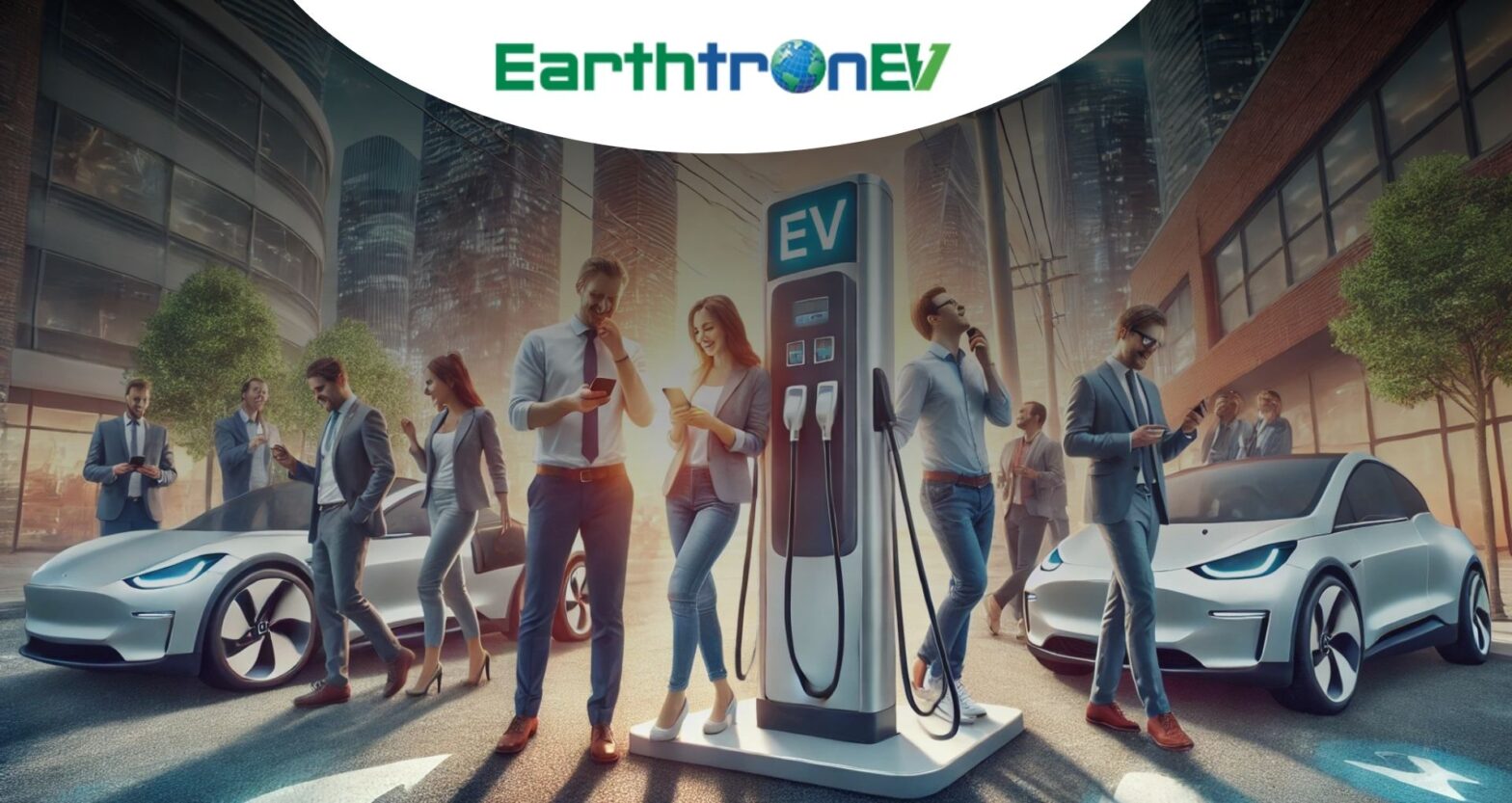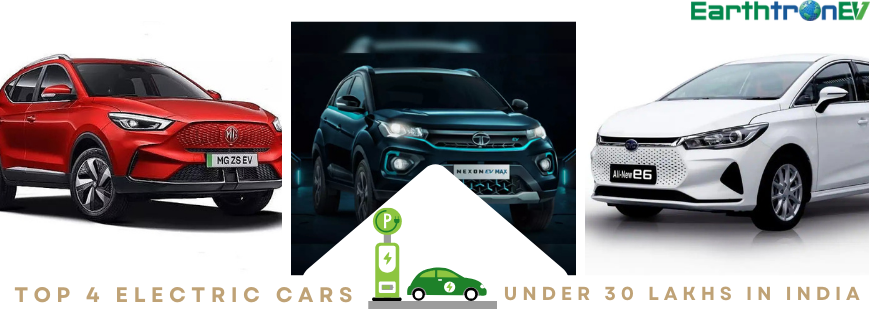It’s no secret that electric vehicles (EVs) are taking over the roads. With their sleek designs, improved performance, and eco-friendly reputation, more and more drivers are switching to EVs. But there’s a problem: where can they charge their cars? This is why government agencies should invest in EV charging – to rev up sustainability and support the growth of this exciting market.
So please fasten your seat belts, and let’s take a closer look at why it’s high time for government agencies to get on board with electrification! In this blog post, we’ll explore why investing in EV charging infrastructure makes economic sense while also helping mitigate climate change.
Introduction: What is an EV Charger, and What is Sustainability?
An EV charger is a device used to charge an electric vehicle. There are many EV chargers, but the most common type is the Level 2 charger, which can charge an electric car in about four to eight hours.
Regarding electric vehicles, sustainability also means reducing emissions and air pollution by driving EVs instead of gas-powered cars.
There are many reasons why government agencies should invest in EV chargers, but one of the most important reasons is that it would help make these agencies more sustainable.
By investing in EV chargers, government agencies would be stepping towards using cleaner, renewable energy sources and helping reduce emissions and air pollution.
Benefits of Installing EV Chargers for Government Agencies
There are many benefits that government agencies can reap by investing in EV chargers. Electric vehicles produce zero emissions, so government agencies can make a big dent in their carbon footprints by encouraging their use.
In addition to reducing emissions, EV chargers can save government agencies money. Because electric vehicles are cheaper to operate than gas-powered cars, switching to a fleet of EVs can save an agency thousands of dollars annually on fuel costs. EVs also require less maintenance than gas cars, so investing in EV chargers can help reduce long-term vehicle maintenance costs for government agencies.
The Cost of Installing EV Chargers
Home or office installation is typically less expensive than public installation since the existing electrical infrastructure is often in place. Public buildings can be more costly due to the need for special permits, wiring, and other considerations.
The number of EV Chargers needed will also affect the overall cost. A single EV charger may cost less to install than multiple chargers, but it will take longer to charge all EVs if only one charger is installed.
Regulations Governing EV Charger Installation
However, installing EV chargers can be complex and costly, so government agencies must understand the regulations governing EV charger installation before investing in this technology.
There are a few crucial factors to keep in mind when installing EV chargers:
1. Choose a location for your charger that is easily accessible for EV drivers. This will help increase the use of your charger and make it more convenient for drivers.
2. Work with an experienced electrician to install your charger. They can adequately connect your charger to your electrical system and ensure it meets all safety standards.
Different Types of EV Chargers and Where They Should Be Installed
There are several different types of electric vehicle (EV) chargers, each with its benefits and best installation location. The best place to install an EV charger depends on the type of charger and the needs of the EV owner. For example, many apartment complexes have begun installing Level 2 chargers in their parking garages so that residents can quickly charge their cars overnight.
Meanwhile, businesses that receive a lot of foot traffic may want to install Level 3 chargers near the entrance to their property so that customers can quickly top off their EVs while they shop or dine.
Many programs provide incentives for EV charger installations, including local and state rebates, grants, and financing programs. Check with your local government or utility provider to see what might be available.
Conclusion: Achieving Sustainable Goals with the Installation of EV Chargers
As the world grapples with achieving sustainable development goals, one key area of focus is transitioning to clean energy. A fundamental infrastructure change is needed to do this – electric vehicle (EV) chargers must become ubiquitous.
Government agencies have a crucial role in this transition, as they can help ensure the necessary infrastructure is in place. Government agencies can help create the conditions for a widespread shift to EVs and clean energy by investing in EV charger installation. Government agencies that fund EV charging installation can help realize these benefits and contribute to a more sustainable future.







